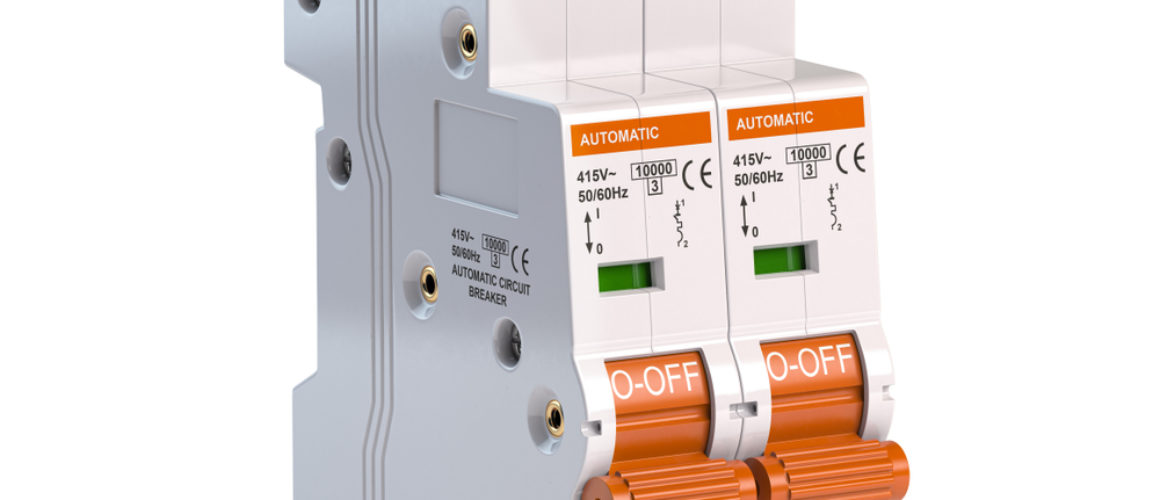Why You Should Use Square D QOvs RCBOs
The Square D QOvs range from Square D manufactured by leading brand Schneider is a direct replacement of the earlier QOE range. RCBO or, Residual current circuit breaker with override protection, has the characteristics of MCB/RCD, providing protection against current overload, preventing short circuits, and also protection against earth leakage in one pole device. This electrical circuit breaker is also ideal for plug-on mounting.
One of the fundamental differences between the Square D RCBO from other ranges is that it is black. The older QOE range, which the Square D RCBO replaces, is white.
Product dimensions in millimeters
Unlike the Miniature Circuit Breaker (MCB), which has even three poles, Square D RCBOs generally have only one pole. The single pole Square D RCBOs dimensions are 11cm x 1.9cm x 8.5cm (Height x Width x Depth).
Product characteristics
- As the name Square D RCBO suggests, the products combine the expertise of Square D and Schneider. Schneider Electric acquired square D in 1991.
- Square D RCBOs comes in three types – type A, B, and C.
- The Square D RCBOs generally have one pole. There are however, Square D RCBOs with more than one pole, some even four.
- The Amperage rating varies according to part codes. The different Amperage ratings are 6, 10, 16, 20, 32, 40, and 50 Amp.
- Square D RCBOs has three tripping capacities – 10, 30, and 100 mA. Tripping capacity is the maximum current that can pass through the circuit without tripping.
- The voltage rating is 240 volt. This is the highest voltage for which the circuit is designed.
- The breaking capacity is 10kA. This is the current that the circuit breaker can interrupt without getting destroyed or causing an electrical arc.
- Square D RCBOs are approved by BS EN 61009-1.
Providing utmost safety
With around 40 years in the industry, Schneider has left no stones unturned to provide utmost safety. The Square D RCBOs ensures:
- Protection to people against shock by direct contact (10, 30 mA sensitivities),
- Protection also by indirect contact (100 mA sensitivity),
- It prevents equipment from catching fire due to leakage of currents. (100 mA sensitivity).
- When the device trips, the neutral is not interrupted. This makes it is ideal for most circuits, barring those operating under IT or TT earthing.
Advantages of RCBOs:
- RCBOs ensure a high degree of safety for people handling the circuit distribution and even your appliances.
- It covers the three main elements of overload, over current, and earth fault protection.
- As all the bases are covered, you do not need spares like insulation, fuses, material, wire, etc.
- RCBOs are generally very compact.
- The procedure to install an RCBO is simple.
Disadvantages:
- As RCBOs offer a greater degree of protection, they are costlier than MCBs and RCCBs.
- You cannot adjust the current range in RCBOs.
- RCBOs do not operate on DC circuits. It will only provide overcurrent protection and short circuit and not Earth’s fault.




